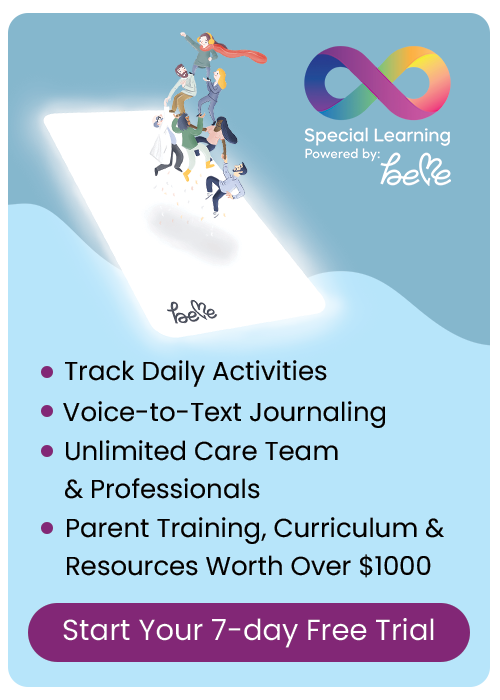Blog Categories
- ADHD
- Applied Behavior Analysis
- Autism Awareness
- Autism Service Providers
- Case Studies
- Dignosis
- Classroom Management
- Credentials
- Ethics
- Family Matters
- FAQs About LIVE Events
- Financial Planning
- Holiday Planning
- IEP's
- Panelists
- Private Equity in Autism & ABA Industry
- Psychopharmacology
- Sensory Processing Disorder
- Speech and Communication
- Subject Matter Experts
- Summer Planning
- Transition Planning
Behavior Traps
Analyst and Certified Ohio Behavior Analyst. She has experience working with children, adolescents and adults in variety of settings including school, home and mental health facilities. In each of these environments, she worked closely with parents, teachers, and paraprofessionals to develop and oversee implementation of behavior intervention plans. She has extensive experience mentoring and providing supervision to RBTs, BCBA candidates and behavior analysts. As an Associate Director of Clinical Solutions for Special Learning, she is responsible for creating and presenting educational materials and promoting Special Learning’s mission to positively impact the special needs community. She received her Master’s degree in Special Education/ABA from The Ohio State University. She has been working with in the field of ABA for over ten years.
Behavior Traps
The term behavioral trap was first described by Baer and Wolf (1970) when describing how natural contingencies of reinforcement can operate to promote and maintain generalized behavior changes. Alber and Heward (1996) published an article titled: “Gotcha!” Twenty-five behavior traps guaranteed to extend your students’ academic and social skills. The article describes a fifth grade student struggling with reading and math. The teacher noticed he appeared to enjoy baseball and was alphabetizing baseball cards. She utilized this interest in various academic subjects (i.e., he was calculated averages, wrote letters to his favorite players, and in geography, located hometowns of baseball players).
Alber and Heward (1996) outlined these five steps to design and use “behavior “traps” and I encourage you to check out their article (reference cited below) for additional information to set your own trap.
1) Identify your prey—what academic/social areas does the student need the most help? Be sure to target behaviors that are relevant, functional, and behaviors that lend themselves to frequent practice opportunities
2) Find powerful bait—what does the student like? Watch them when they’re alone or simply by asking the student and/or their parents and provide a variety for them to sample.
3) Set the trap—place coveted materials in the student’s path. You can do this by forming classroom clubs, find classroom jobs for the student based off his/her interests, and/or enlist the help of his/her peers.
4) Maintain your trap—Start small. Use variety and give your trap a break periodically
5) Appraise your catch—assess the changes in the targeted skills frequently and directly. Make modifications or set another trap if ineffective.
References/Resources:
Alber-Morgan, S. (2009). Notes for a lecture on planning and implementing instruction for generalized outcomes. The Ohio State University, Columbus, OH.
Alber, S. R., & Heward, W. L. (1996). “Gotcha!” Twenty-five behavior traps guaranteed to extend your students’ academic and social skills. Intervention in school and clinic, 31 (5), 285-289.
Baer, D. M., & Wolf, M. M. (1970). The entry into natural communicates of reinforcement. In R. Ulrich, T. Stachnick, & J. Mabry (Eds.), Control of human behavior (pp. 319-324). Glenview, IL: Scott, Foresman.
RECOMMENDED PRODUCTS
Curso ABA en Línea Con Subtitulos en Español (Level 1 ABA Online Training Course – Spanish)




